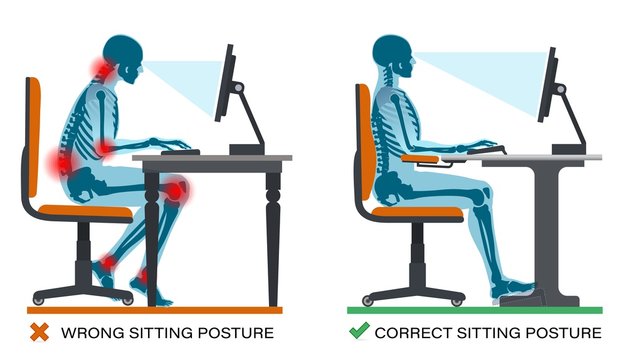
This page outlines the University's risk management approach and the resources available for managing ergonomic hazards associated with working at computer workstations.
‘Good work’ is healthy and safe work where hazards and risks are eliminated or minimised so far as is reasonably practicable. Good work is also where the work design optimises human performance, job satisfaction and productivity. (Principles of Good Work Design, Safe Work Australia, 2015).
A large number of the University’s workforce spend their working days at computer workstations. Common hazards associated with computer-based work include:
Any of the above can contribute to the development of muscular strain injuries over a period of time.
The University continues to place focus on the control of this hazard type through implementation of health and safety plans, programs and resources designed to assist in minimizing incidents and injuries occurring. This includes:
WHS Consultants may assist individuals who require reasonable adjustment in the workplace or specialist advice on ergonomic equipment or furniture. Recommendations are made to the individual and their manager to organise the appropriate approval for purchase. Further information can be sought by contacting your WHS Consultant.
Please note: The following forms are updated frequently. Please access the forms from this page and do not store a local copy to avoid using outdated forms.